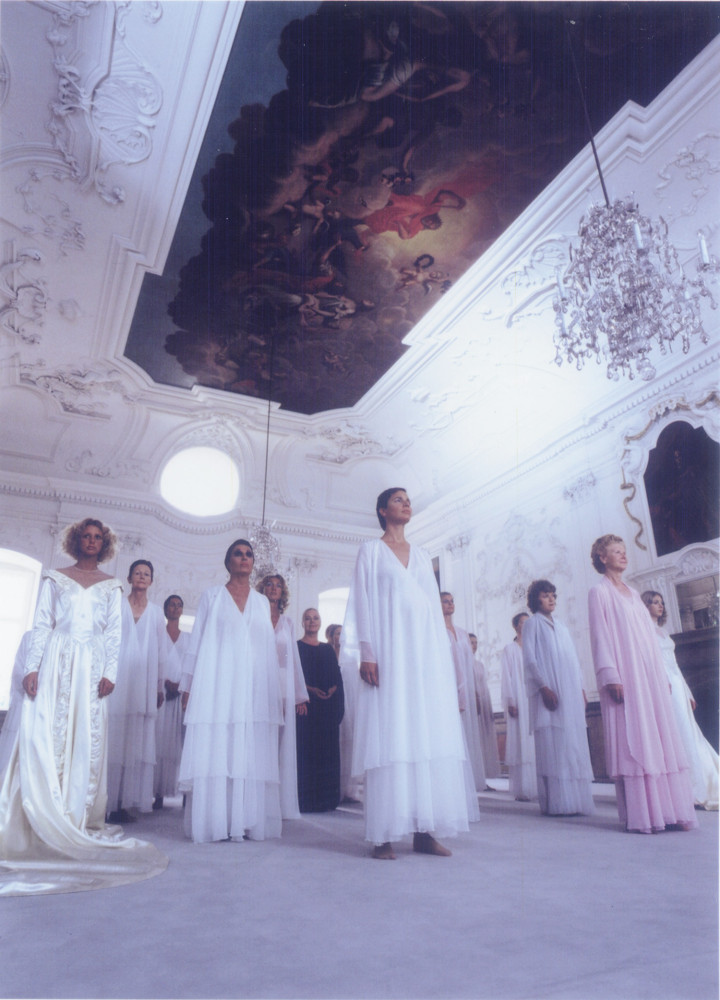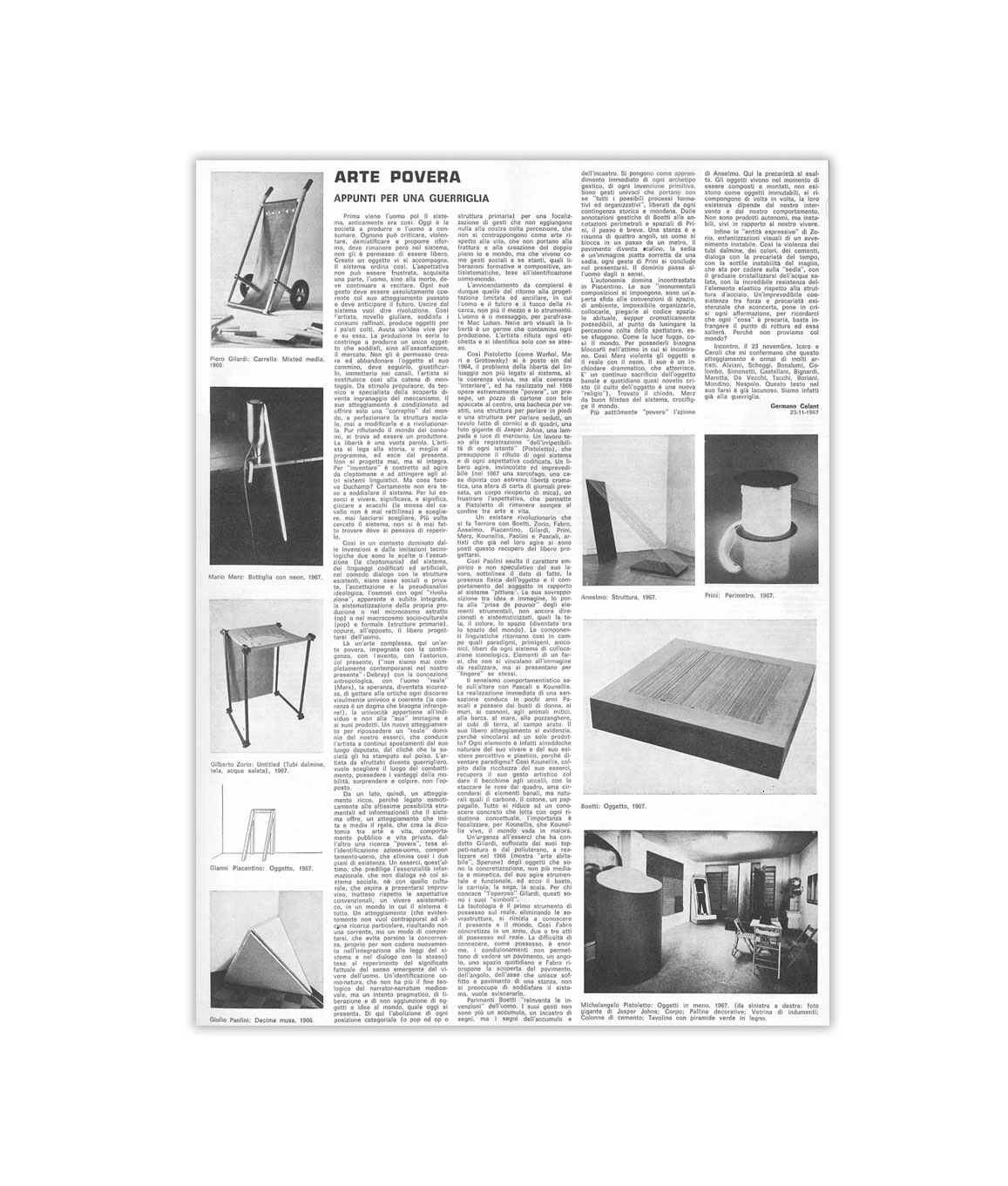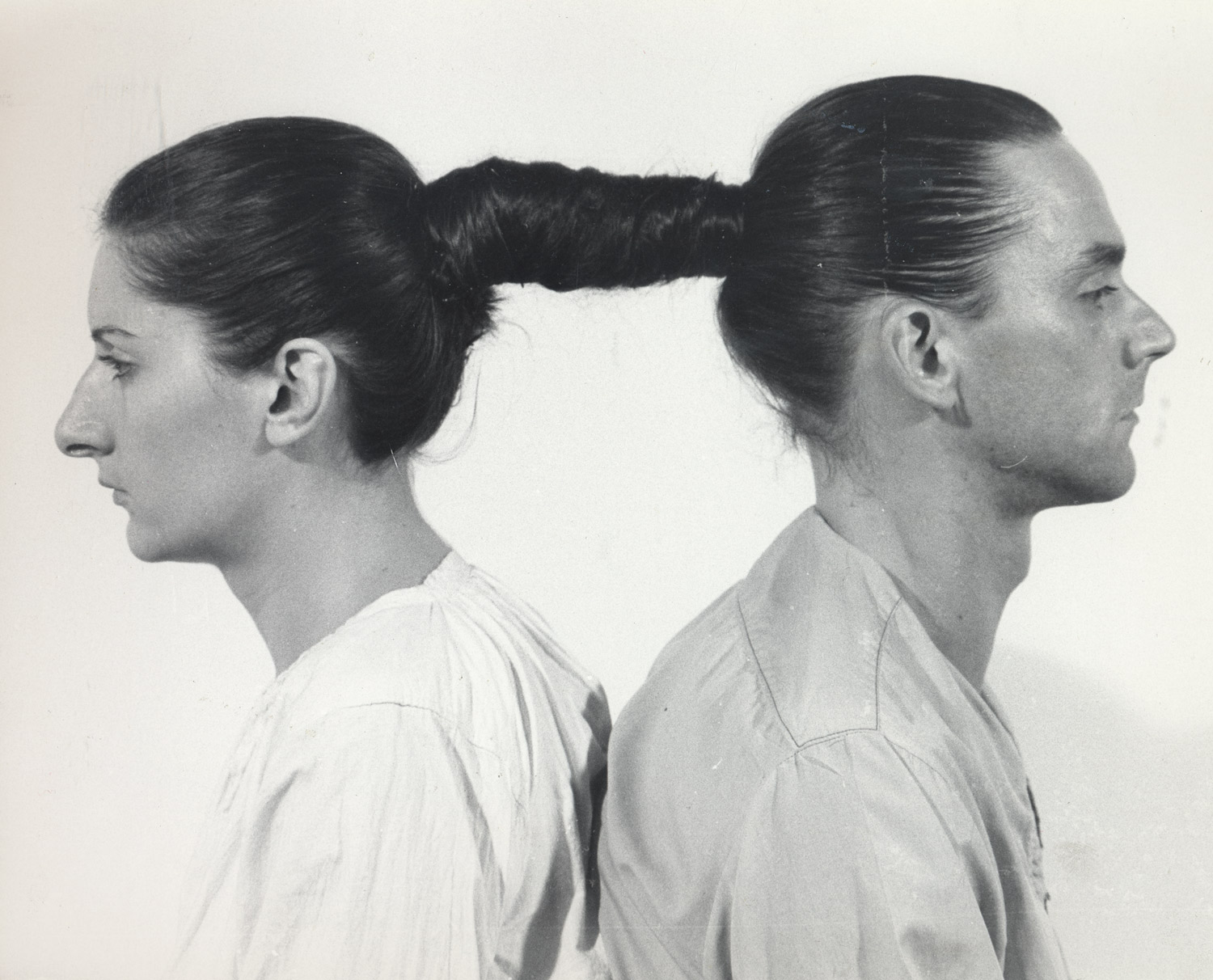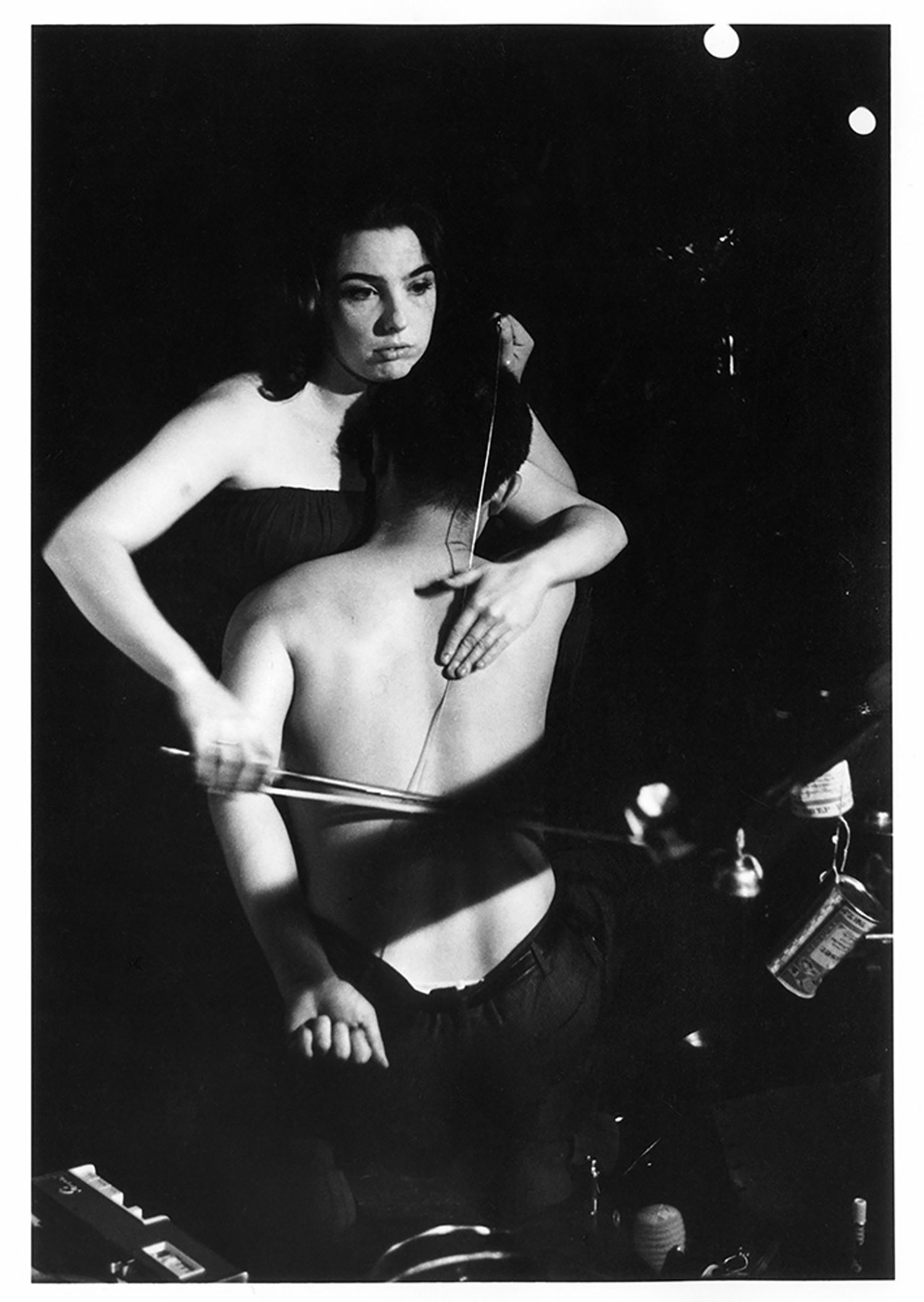
Massimiliano Gioni: Let’s go right back to the beginning, to your first show, where you presented a book that listed everything you had eaten between 1985 and 1993. I’ve always had a suspicion that the girls in your performances are connected to that book: I have always imagined them as an armada of anorexic saints. What was the relationship at that time between the girls, the writing, and the drawing?
Vanessa Beecroft: Maybe I’m the common denominator. There is a visual component to the food in that book: the colors, the categories, and the comments on my state of being. I didn’t conceive the book as an artwork; it grew over the years out of a personal obsession, and finished the day it was shown in a gallery. The drawings belong to the same period; again they weren’t conceived of as an artwork and belong together due to the same obsession. In 1993 when Giacinto di Pietrantonio and Laura Cherubini invited me to exhibit the drawings at the end of year show at the Accademia delle Belle Arti di Brera, I decided to scientifically type up the food book in a brick-shaped volume, an idea which lacked a more contemporary visual component than the drawings and the brick. And so I invited the most beautiful girls at the academy to the show and dressed them in my clothes. And then, for a special public, they became the material for VB01, my first performance. To the visitors, in that moment, the girls are both the ideal public for the book and the pictorial element of the rules laid out in the book.
MG: And then how did things change? The first girls seemed to have come out of Alice in Wonderland. Little by little, they were supplanted by these perfect models, somehow even more transparent and ethereal.
VB: The work, as it should have been from the beginning, is much closer to what it is now thanks to an increase in the budget for the performances and greater support from gallerists who represent me. From having to use wigs to homogenize the girls and render them less real, I have moved on to the luxury of choosing girls with real hair of all the same color, or professional models, easier to get together and use as material. The professional models however never make up 100 percent of the performances; they are always balanced out by ‘real’ girls, for the sake of realism.
MG: How do you choose the girls?
VB: Based on resemblance to familiar traits or favorite images, but also based on the characteristics of the place in which the performance is taking place or on formal requirements. In the beginning I gathered the girls together one by one off the street or asked international museums to do it for me, according to instructions. Now I choose models from photographs that the casting agent sends me a month before the event.
MG: What do they have in common?
VB: Height, dimensions, age. And type. Race and provenance too, often.
MG: You talk about them as though they were objects. What are these girls to you?
VB: Material. A material enriched with an additional concept, a material subject to its own changes, independently of my work, with specific characteristics, which can interfere with the work or complete it. A material in an almost pure state.
MG: And the military? Are they just another type of material? Like using a different color?
VB: The American Navy project is a special project, parallel to the girls work, but inspired by the power it represents. My interest in it, in formally involving the military from a different continent than mine and receiving permission to participate, is to understand an artist’s limits in representation and tolerance. And also the influence of rules in aesthetics.

MG: There’s something sadistic in the way you treat your models, and in this list of rules. Underneath it all, your work seems to be a reflection on power: power that you exercise over the girls, the power that beauty has over us, the power that the spectators have over the girls. What is power to you?
VB: There are various different types of power. The power I’m interested in is the power to influence opinion and culture, at the cost of bringing about revolution.
Helena Kontova: Something of a revolution happened in Genoa during the G8 meeting. A performance of yours was actually staged as one of the inaugural events.
VB: VB48 (2001) was conceived for the G8 context, but not solely. When the city of Genoa invited me, the local newspaper Il Secolo XIX published an article titled: “Vanessa comes back home” or something similar. I didn’t identify with that sentence. I decided then to exhibit 30 black women — to whom I better relate.
HK: Do you choose to work with black girls as a comment on exploitation and the power of the exotic? Do you think the public perceived the performance in a different way? After all, Italy is still a very white, even conservative place.
VB: There were no real differences. But the difficulty was finding black girls in Italy. While in the United States, black, white, or any other race is not a problem, in Italy, black doesn’t exist unless it is clandestine. One episode that was curious was that some of the girls fought: they physically attacked each other. Michel Comte said it was because they came from opposite States in Africa.
HK: Do you think that what happened in Genoa afterwards, with the fights in the street, can affect the perception of your work?
VB: Emanuela Cattaneo Adorno, a collector in Genoa, said that this performance would have inaugurated the events to follow, bad and good, in a positive and cultural way. I don’t think the events that came after affected the perception of the work. Perhaps the work was a confirmation of the good purposes of the city, but it was unrelated to the main topics of the summit and what they were derived from.
HK: Do you think it is legitimate to project also these meanings on your work?
VB: I am not sure how they could be related. The more meanings people allocate to the work the better it is, but I am afraid this would be a difficult relationship to admit.
HK: In the performance in Genoa, the girls, painted in gray on a white marble background, reminded me of certain ancient Venetian paintings. Was that a specific reference you were interested in?
VB: Italian painting and Caravaggio lighting. Urs Schoenebaum, the lighting designer, was told to imitate a Caravaggio type of illumination. And Hilde Reljin, the make up artist, was asked to paint the girls black matte, like a fresco; Dusan Reljin, the still photographer, was given similar references in order to realize pictures that could be reproduced in a life-size dimension like Renaissance or Baroque figures. After all, the girls are contemporary models in a contemporary context dressed by contemporary designers. I was thinking of the dialectic of the two: the reference of the past on a contemporary setting.
HK: The baroque Manolo Blahnik shoes were a strong contrast to Lawrence Steele’s minimal bikinis. How do you choose the designers you want to work with?
VB: Manolo Blahnik shoes are the most common item I use. Otherwise I look at fashion magazines or collections and pick what is appropriate. Franca Sozzani introduced me to Lawrence Steele for this particular project.
MG: How do you choose what the models should wear?
VB: I wake up in the morning and think: 45 girls in black boots like the Gestapo in Vienna; 20 redheads like Queen Elizabeth I in London; 25 white homosexuals in Los Angeles; my sister as a Pirelli calendar multiple, etc. I leaf through magazines and papers; I search out accessories or get a consultant to help. What the models wear is just one element of the composition: 20 red dots, 15 beige, one monochrome, one polychrome.

HK: Are you particularly interested in the work of some designers?
VB: Alexander McQueen, some Belgian designers, or the classic ones. It depends on the project. I am not very up-to-date on what fashion designers do or who they are. I access fashion when I need it — at the last moment with the help of professionals.
MG: How important are other people in your work? In some way there is a conflict between your icon and the role of others, be they the girls, the public, or various photographers who you involve in your work from time to time.
VB: Others are fundamental. Other people in a qualitative sense, those who help me to make a performance happen, and other people in a quantitative sense, who help to physically make up the work. Without others, I would probably limit myself to just drawing.
MG: From the diary of all your meals to your wedding in the public eye, autobiography seems to keep coming back to your work. It seems instinctive to presume that the girls in your performances are counterparts to you. Is your work autobiographical? Regarding your wedding, it seems as though you’ve turned your private life into a spectacle.
VB: I don’t apply the concept of personal or private to myself; instead I consider myself a public entity. Certain gestures or private rituals are principle themes in everyone’s lives and become popular illustration. Behavior must be understood dialectically or be thought about in any way you want. It’s inside the image that you’ll find the virus. Purely personal interest is not satisfying if it doesn’t go beyond itself. To me, spectacle is a still life, a unique and monumental image, but static, like just one episode, culminating out of all the significant and insignificant moments.
HK: VB51 (2002) is your first performance documented on film. How did you develop this idea?
VB: The location of the performance wasn’t a museum or an art space, but a private residence now public (the country house of the Prince of Metternich, who commissioned the work together with the Bielefelder Kunsthalle director Thomas Kellein). I thought to realize a less iconic and rather more narrative performance. This time I used women in their sixties from the local aristocracy, plus Hanna Schygulla and Irm Hermann (two heroines of mine from Fassbinder’s films), my mother, my mother-in-law, my stepsister, and other emblematic figures. I closed them in the Fest Salle and filmed, taking inspiration from films like Alain Resnais’s Last Year at Marienbad. In the end, the film is a documentation of the performance like all the others but longer — the performance is in real time — and it also features the public as a subject.





